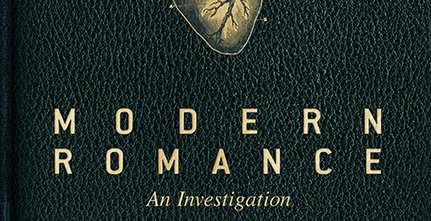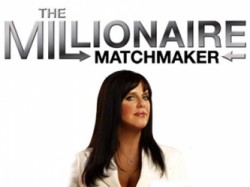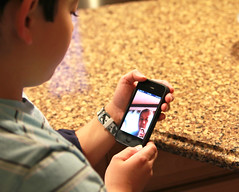And Other Notes on Online Dating
If you’re coming across this post sometime between checking your morning email and logging into your favorite online dating apps, then this piece is for you. And with nearly 22% of straight couples and 70% of gay and lesbian couples meeting online, you’re in good company.
Using findings from their recent book collaboration, Modern Romance, sociologist Eric Klinenberg and comedian Aziz Ansari offer their advice for navigating the demanding, and often confusing, world of online dating. Among their findings highlighted in a New York Times op-ed, they learned that certain profile pictures are more successful for landing dates than others. Women baring cleavage in a flirty selfie, unsurprisingly, have high success rates, but strangely, so do men holding animals while looking away from the camera with serious facial expressions.
With all those cleavage-filled, serious pet owner profile pictures, the fast-paced world of online dating often allows users to either exclude a potential date too quickly or feel overwhelmed by perceived options. Klinenberg and Ansari reference several psychology studies to explain indecisiveness among online daters, but clear things up with a rap analogy:
Think about it in terms of pop music. When a new song featuring Drake comes on the radio, you’re like, “What is this song? Oh another Drake song. Big deal. Heard this before. Next please!”
Ideally, they argue, “you keep hearing it and you think, ‘Oh Drake, you’ve done it again!’” In non-Drake terms: online dating works a lot better if users are patient and get to know one another instead of being quick to dismiss based on photos of superficial profile information. So before you swipe from profile to profile, consider forgoing the comfort of your couch and instead meet someone in person for a better chance of establishing a real connection.







